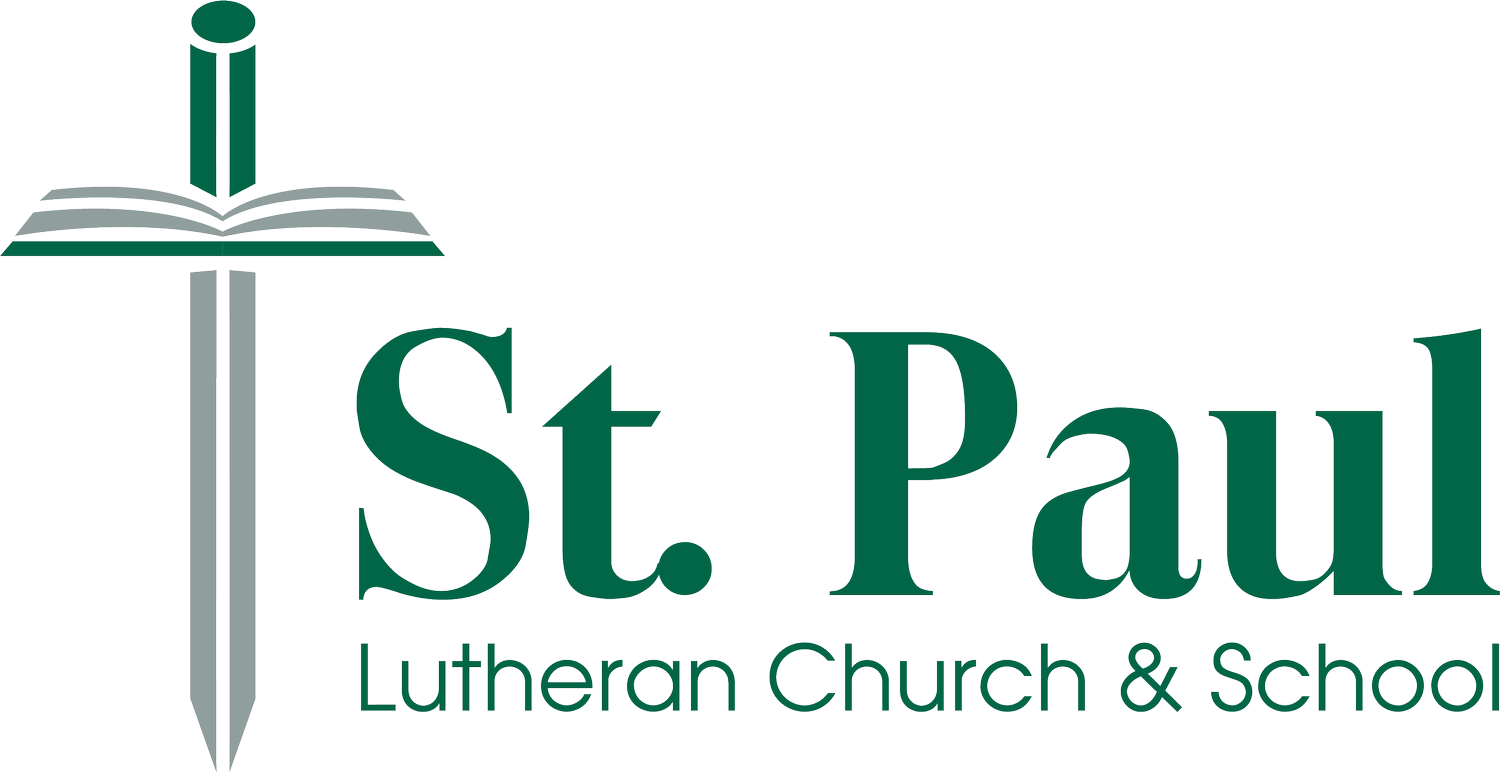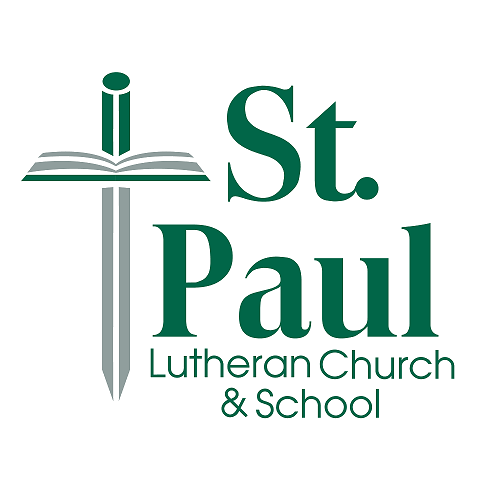Advent—Anticipating the Coming(s) of Christ
The one who testifies about these things says, "Yes, I am coming soon." Amen. Come, Lord Jesus! (Revelation 22:20)
Happy New Year!
No, I'm not a month early. While people wish each other a happy new year as we flip the calendar from December 31 to January 1, there is another year that begins a little earlier on the civil calendar: the Church Year. From the early centuries of the Christian church all the way up to the present, the Church Year has run alongside the civil calendars of people around the world. Even all the way back in Old Testament times, the Israelites had both a civil calendar, centered around the agricultural cycle, and a religious calendar, based on the special festivals like the Passover that God commanded them to observe.
The early Christians brought this concept into the New Testament era, developing a Church Year centered around the life and work of Christ. The Church Year guides us through an annual review of God's work of salvation, giving us focus and guidance not only for our corporate worship each week but for all the days in between too. In this series, we'll be taking a look at each season as we journey through another Church Year.
The Church Year begins with the season of Advent. The word "advent" comes from the Latin word adventus which means "coming" or "arrival." During Advent, we prepare for Christ's coming. But which coming? A focus on his birth, which we celebrate at Christmas, is certainly part of our Advent preparation. We hang the greens, string up lights, and wish people a "Merry Christmas" well in advance of December 25. In fact, for many people, Advent is less an anticipation of Christmas as it is an extension of Christmas. This isn't necessarily a bad thing, especially when we keep our focus on Christ.
But Advent is more than just pre-Christmas. While preparing our hearts to celebrate Christ's First Coming, we also look ahead to his Second Coming. We prepare to welcome our King, the Blessed One who comes in the name of the Lord. In order for our hearts to be prepared, we hear again the call from John the Baptist, "Repent, because the kingdom of heaven is near!" (Matthew 3:2) The call to repentance, to turn away from sin, is one we need to hear every day.
A season of preparation like Advent helps to refocus our attention before the big celebration of Christmas. It reminds us why Christ was born—to save us from our sin. It reminds us to turn away from sin and to trust in Christ our Savior for the forgiveness of sins. It also reminds us that he is coming again. He is coming not in humility as a little baby laid in a manger, a holy child who will grow up to suffer and die on the cross. He is coming with all his glory as the King of kings and the one who will judge the living and the dead.
The Lord Jesus has promised us that he is coming soon. Advent reminds us to prepare for his arrival with repentance and faith. In the middle of busy holiday preparations, take time during Advent to reflect on Christ's Second Coming as well as his first. Consider ways you can incorporate the Advent focus on solemn reflection and anticipation into your other traditions at this time of year. But above all else, give thanks to God for keeping his promise to send a Savior and look ahead with confidence and joy to the day our Savior returns to bring us home.
Advent
Etymology of Name: From Latin word for "coming/arrival"
Seasonal Color: Purple (color of royalty, solemn repentance) or Blue (hope, color of the sky where we will see Christ return)
Duration: Four Sundays before Christmas Day (First Sunday in Advent is the Sunday closest to November 30, St. Andrew the Apostle's Day)

